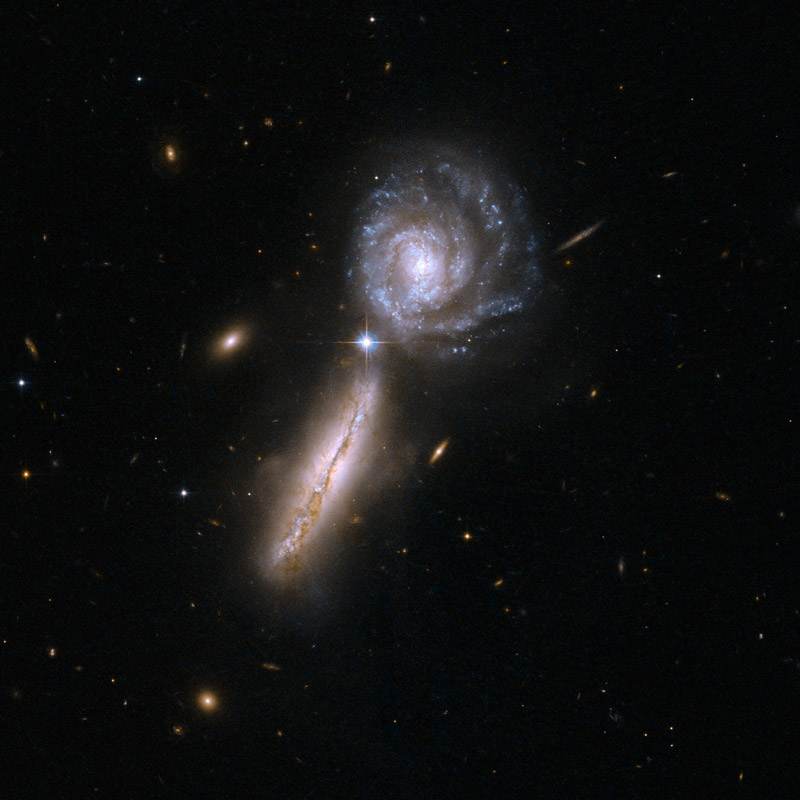Monster Black Hole Mergers May Be Common

The collision of black holes harboring millions or billions of times the mass of the sun are likely common throughout the universe, a new study suggests.
Such supermassive black holes lurk at the heart of most, if not all, galaxies, including our own Milky Way. Galaxy mergers are common throughout the universe, and astronomers think that such mashups usually involve the merger of the gigantic central black holes as well.
But evidence of such collisions has been elusive to date. For example, the gravitational waves emitted in the lead-up to monster black hole mergers are likely outside the range of those detectable by the Laser Interferometer Gravitational-wave Observatory (LIGO). The gravitational waves spotted by LIGO to date were emitted by merging objects that each harbored no more than a few dozen solar masses. [Hunting Gravitational Waves: The LIGO Laser Interferometer Project in Photos]
So, in the new study, researchers took a different tack. They analyzed radio-wavelength observations of 33 sources of powerful jets, features commonly associated with supermassive black holes. In 24 of those sources, the team saw signs of "precession," or a change in the orientation of the axis of rotation.
This came as a surprise, said study lead author Martin Krause, of the University of Hertfordshire in England.
"We have studied the jets in different conditions for a long time with computer simulations," Krause said in a statement. "In this first systematic comparison to high-resolution radio maps of the most powerful radio sources, we were astonished to find signatures that were compatible with jet precession in three-quarters of the sources."
This apparent precession signature is consistent with the existence of close-orbiting, or binary, supermassive black holes tugging on each other, study team members said. And this binary stage is likely not the final one but rather a precursor to a coming merger, they added.
Breaking space news, the latest updates on rocket launches, skywatching events and more!
Detecting gravitational waves from these sources will likely be tough for the foreseeable future, the researchers wrote in the study, which was published today (Oct. 23) in the journal Monthly Notices of the Royal Astronomical Society.
"Independent confirmation of our sub-parsec binary supermassive black hole candidates, and in fact any extragalactic jet source with some evidence for geodetic precession, via individual gravitational wave detections will be difficult," team members wrote. "Thus, improved modelling of the jet-environment interaction for precessing jet sources is probably the best way to better constrain powerful objects in the coming years."
You can read a copy of the paper for free at the online preprint site arXiv.org.
Mike Wall's book about the search for alien life, "Out There," will be published on Nov. 13 by Grand Central Publishing. Follow him on Twitter @michaeldwall. Follow us @Spacedotcom or Facebook. Originally published on Space.com.

Michael Wall is a Senior Space Writer with Space.com and joined the team in 2010. He primarily covers exoplanets, spaceflight and military space, but has been known to dabble in the space art beat. His book about the search for alien life, "Out There," was published on Nov. 13, 2018. Before becoming a science writer, Michael worked as a herpetologist and wildlife biologist. He has a Ph.D. in evolutionary biology from the University of Sydney, Australia, a bachelor's degree from the University of Arizona, and a graduate certificate in science writing from the University of California, Santa Cruz. To find out what his latest project is, you can follow Michael on Twitter.

